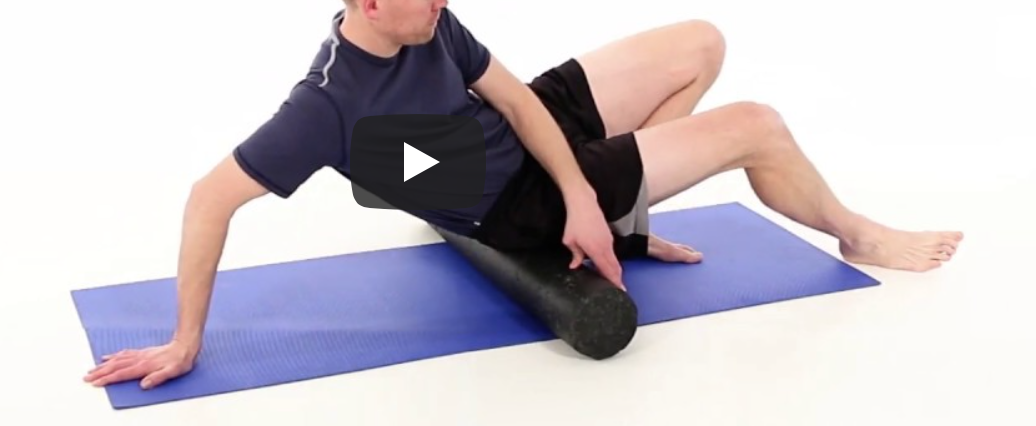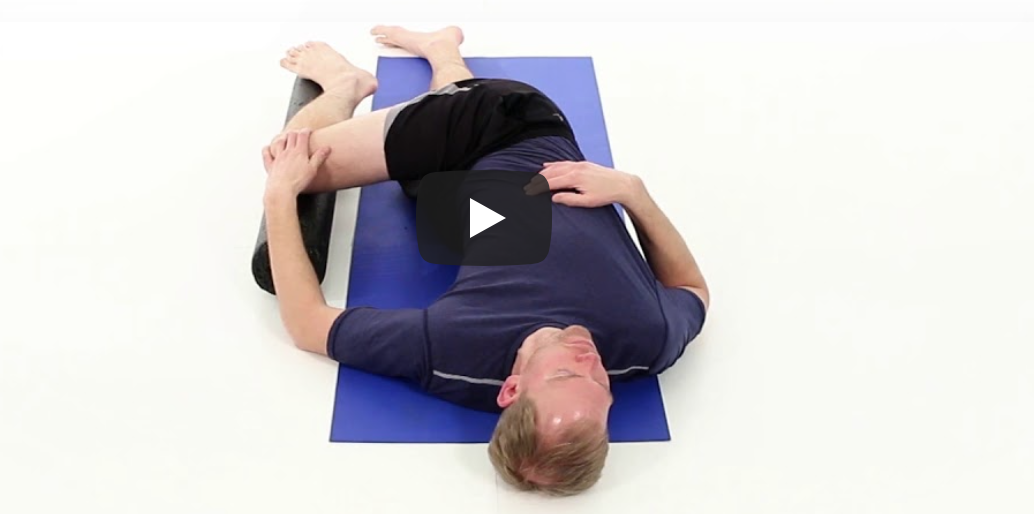Ok, time to decipher your results to see which exercise would be best to address your needs. Find the scenario below that pertains to you. Understand that if you are experiencing new or ‘acute’ low back pain, these are likely not the best options for alleviating your heightened symptoms of muscle spasm and potential radiating symptoms. In that scenario, I would suggest proceeding with caution, being mindful to not push through anything that increases your pain or discomfort. That being said, let’s look at some scenarios.
Scenario 1:
- No pain with the standing toe touch but limited flexibility.
- No pain and MORE flexibility with the long sit test
- Reasonable active vs. passive straight leg raise…meaning you can raise your leg nearly as high with your own strength as you can passively stretch your hamstring.
Perform:
Scenario 2:
- Pain and potentially limited flexibility with standing toe touch
- NO PAIN and potentially more flexibility with long sit test
- Reasonable active vs. passive straight leg raise.
Perform:
Scenario 3:
- No pain with the standing toe touch but limited flexibility.
- No pain with long sit but limited flexibility, similar to standing toe touch
- BIG DIFFERENCE between active and passive straight leg raise. Meaning you can passively stretch your hamstring >20 degrees beyond your active leg raise.
Perform:
Scenario 4:
- Pain and potentially limited flexibility with standing toe touch
- Pain and potentially limited flexibility with long sit test
- No pain and BIG DIFFERENCE between active and passive straight leg raise.
Peform:
In this scenario you certainly demonstrate sensitivity to weight bearing, meaning the effect of gravity on your spine leads to pain and inhibition of your core musculature. It is advised, under these circumstances, that you exercise and/or promote a horizontal position to reduce the stress on your back. Meaning any exercise that you perform for your potential daily workouts should be done lying down and certainly NOT carrying or lifting heavy weight until symptoms have improved…and this exercise should certainly help you improve!
Scenario 5:
- No pain with the standing toe touch but limited flexibility.
- No pain with long sitting, but limited flexibility.
- Minimal difference between active and passive straight leg raise, but limited flexibility. Meaning you demonstrate <90 degrees of flexibility…in many cases MUCH less than 90.
What does this mean? Your hamstrings are too tight!! You are an individual that needs to stretch, your core works fine, but your hamstring muscles are too tight.
Perform:



